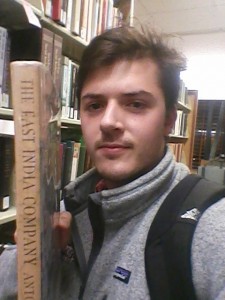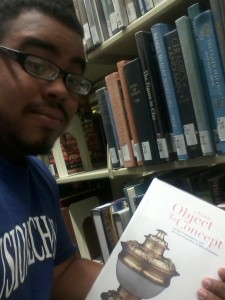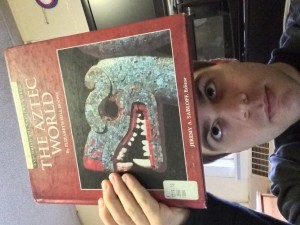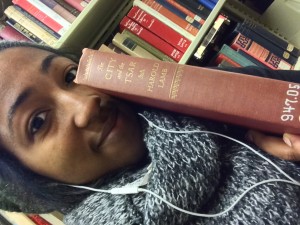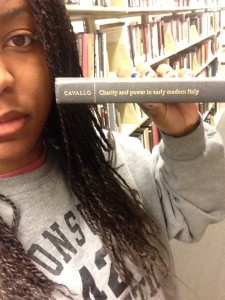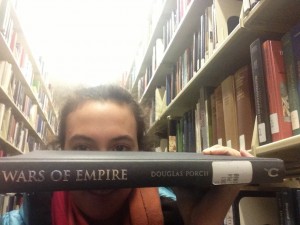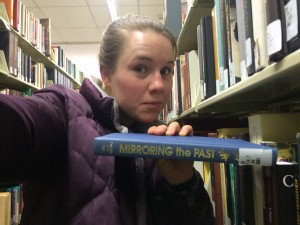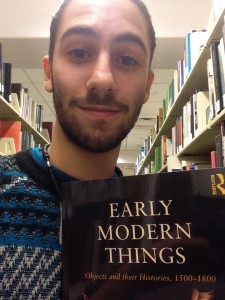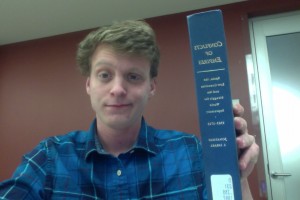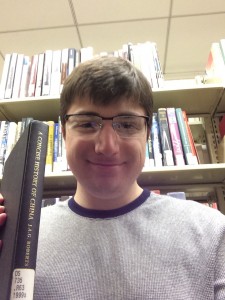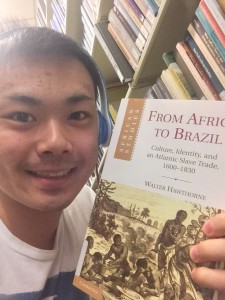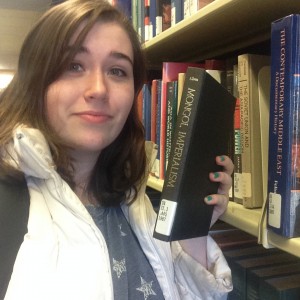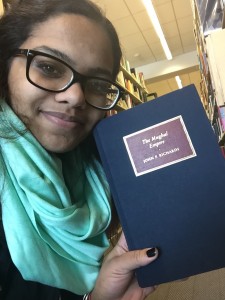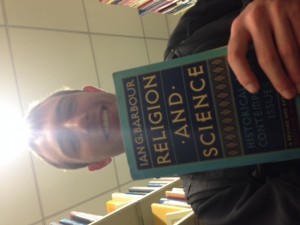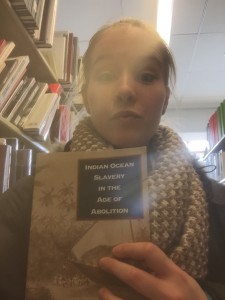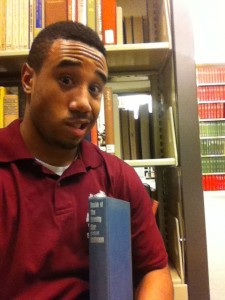
Realm of the Evening Star: a history of Morocco and the lands of the Moors
Hoffman, Eleanor. Realm of the Evening Star: A History of Morocco and the Lands of the Moors. 1st ed. Philadelphia: Chilton, 1965. Print.
I have always been interested in the Moors since high school. After my Spanish class one day, my teacher and I had a discussion on world history; although a strange topic to discuss for Spanish class, my teacher seemed to be an expert specifically on a group called the Moors. He told me that the Moors were the original creators of modern day Spain, not the Europeans who took it from them. Since then, I have always wanted to know more. As google is not good enough, this assignment finally gave me a small answer. I came to the library and used one the computers; I have done research before and I knew what I was looking for (this made it easy). I typed in “history of the Moors”; this, I found the book Realm of the Evening Star: a history of Morocco and the lands of the Moors.
While flipping through the book and examining the table of contents, the book seems to give a guide through Moroccan history from the “prehistoric years to 1961; moreover, the book has a list of the kings, sultans, rulers, etc. since then. The book also highlights key events in every chapter; however, there are details of the Moors conquest of Europe hidden through each account. Whereas the book reports mostly on Moroccan history, there are brief chapters explaining proceedings with the French and other European nations; furthermore, this book has a glossary of important names in Moroccan history. The book is a wealth of information and is surrounded by additional books of the same status. The other books, found on the same shelf as Realm of the Evening Star: a history of Morocco and the lands of the Moors, further examine more specific parts of Moroccan history. Topics range from the last king, found in Hassan II, and the new Moroccan world found in Rebirth of a Nation. These books give an accurate account of Moroccan world history. Although we haven’t focused on the Moors specifically in class, I’m sure my Spanish teacher would be happy to know I found them.
